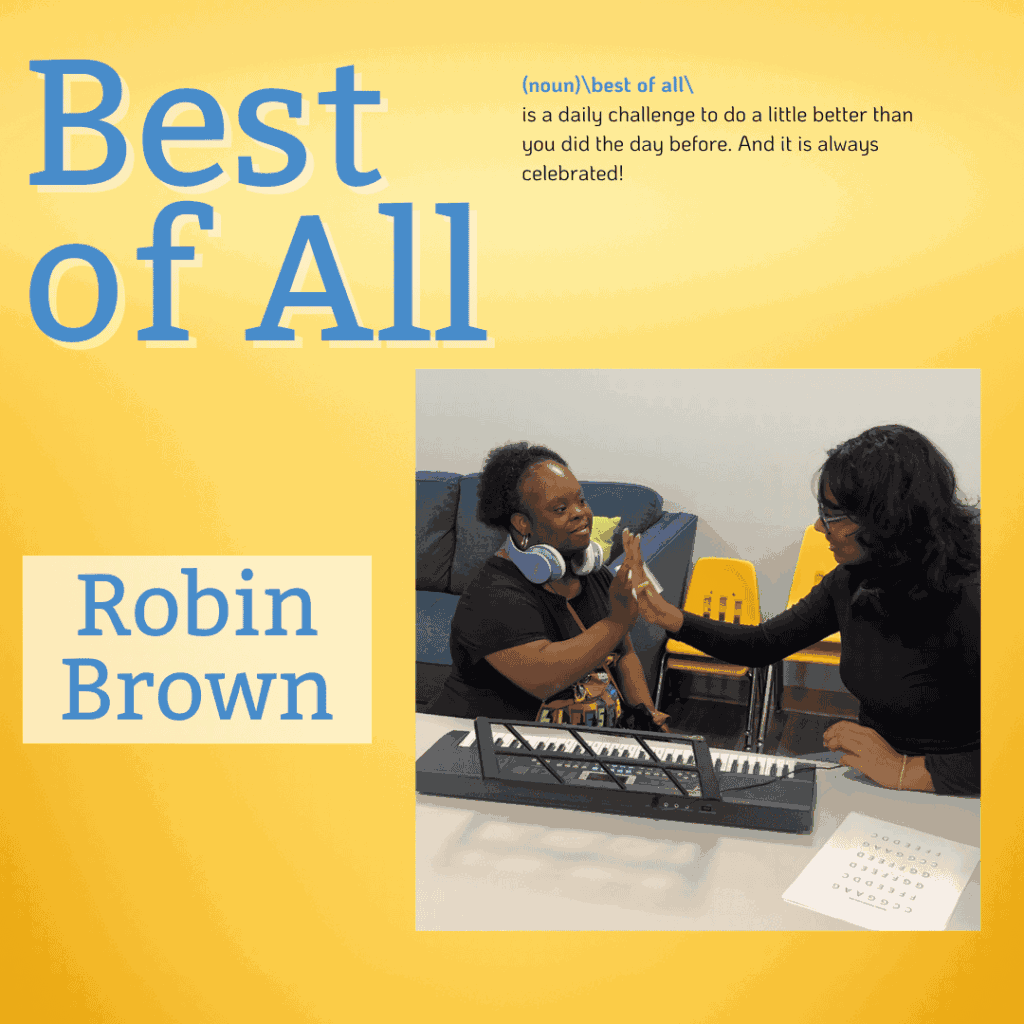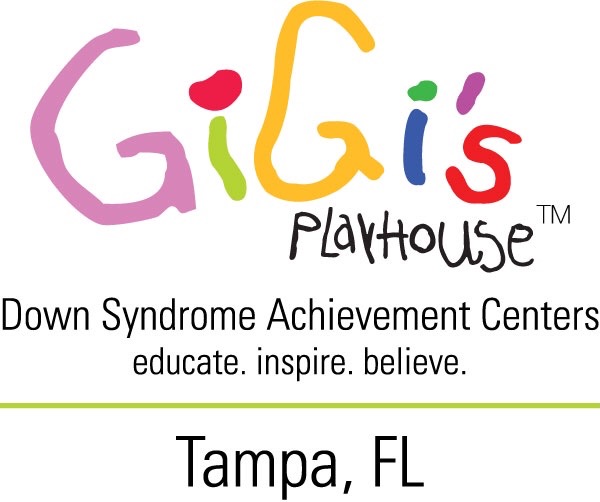April Advocacy Monthly
April 8, 2021
IEP and 504 Plans, What’s the Difference?The laws regarding education of students with special needs is entrenched in terminology that is often confusing and sometimes bizarre, as is often the case between the terms IEP and 504 plan. In many ways, an IEP and a 504 plan have the same objectives: to provide protection for a student with a disability and ensure they have access to a learning environment that meets their needs. Beyond that, they present an array of differences that can be difficult to untangle.First, an Individualized Education Program (IEP) is required and defined by the Individuals with Disabilities Education Act (IDEA), this law requires public schools to provide personalized instruction for students with specific disabilities. The included disabilities are: autism, deaf-blindness, deafness, emotional disturbance, hearing impairment, intellectual disability, orthopedic impairment, other health impairment, specific learning disabilities, speech or language impairment, traumatic brain injury, visual impairment or multiple disabilities. The child must have one of the listed disabilities and due to that disability, they need special education and related services. It should be noted, Down syndrome is not included in the list of disabilities so a child with Down syndrome will have to qualify under one of the other listed disabilities; this normally occurs under intellectual disability, speech impairment, or other health impairment (OHI).The term 504 plan comes from Section 504 of the 1973 Rehabilitation Act. This law prohibits discrimination against people with disabilities in programs that receive federal financial assistance and was a precursor to the Americans with Disabilities Act (ADA). To qualify under a 504 plan the student must have a diagnosed disability that impacts a major life function, this definition is much broader than the one used for IEPs (above), so a child who does not me the criteria for an IEP might still be able to meet the criteria of a 504 plan. However, unlike the rights afforded to parents/students under an IEP, the requirements and rights of parent/student under Section 504 plans are more limited. While the requirements are not as clearly defined as in an IEP, most 504 plans will consist of a list of specific accommodations or support services that will be provided, the name of the person responsible for implementing the plan and providing the accommodation or service.The big take-a-ways between IEPs and 504 plans are the name of each plan comes from the section of the federal law that forces schools to provide the services; and individualized instruction that comes with special education is readily available under an IEP, while the services under a 504 plan may be inadequate to address special education services. But, in either case, IEP or 504 plan, these laws are in place to ensure children with disabilities are able to access their learning environment and remove barriers to their successful education. |
|
Recent Posts

Participant Best of All: Robin Brown
GiGi's Playhouse Tampa wants to highlight one of our adult participants named Robin Brown who has been making numerous strides in multiple programs as of...



